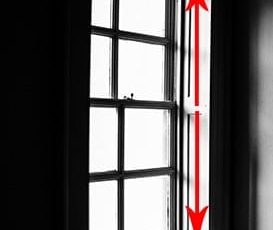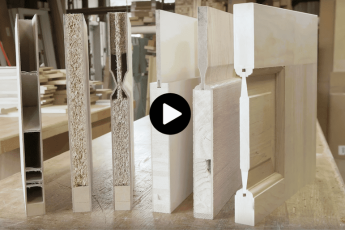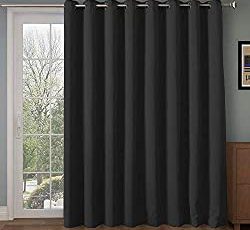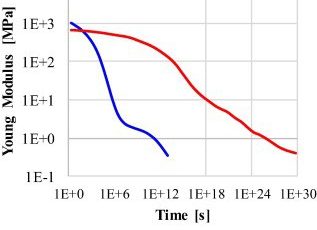If you are looking for ways to reduce the noise from your refrigerator, you might want to consider soundproofing it from the inside. There are several materials that can be used to do this. One type of material is mass-loaded vinyl, which is great at blocking sound transmission. You can also use Jute composites, or an acoustic foam tile.
Sound deadening mats
Using a sound deadening mat for your refrigerator is a great way to reduce vibration and noise from your fridge. Similar to sound deadening mats for vehicles, sound deadening mats for refrigerators are designed to help decouple hard surfaces. These mats can help reduce noise and vibration from your fridge and other home appliances.
However, refrigerators still make noise, even if they are soundproofed. Sound deadening mats can be installed above or on the alcove sides, but their biggest benefit is on the back side. If you are concerned about the noise that your refrigerator makes, consider soundproofing the back side.
Another great option for refrigerator noise reduction is to soundproof the fridge from the inside. There are several materials that can be used to make this happen. Mass-loaded vinyl and rubber are excellent insulators and can help to stop the transmission of sound. A good sound deadening mat for refrigerators should be cut to fit the size of your fridge.
When using sound deadening mats for refrigerator noise reduction, make sure to determine the source of the noise first. If you’re unsure of the cause, you can call a professional for an accurate diagnosis. If the noise is due to the compressor or fans, you can put a soundproof mat underneath the fridge.
You can also use anti-vibration mats for refrigerator noise reduction to keep the appliance from rattling. These mats can help reduce rattling noise, if it’s caused by uneven floors. They are easy to install and inexpensive to buy. They are an easy and effective way to reduce the noise created by refrigerators.
Sound deadening mats for refrigerator noise reducers are also an effective way to reduce refrigerator noise. They can be placed under the refrigerator and around the motor. You can also place them on the wall that surrounds the refrigerator. They’re great for stopping room to room transfer of noise.
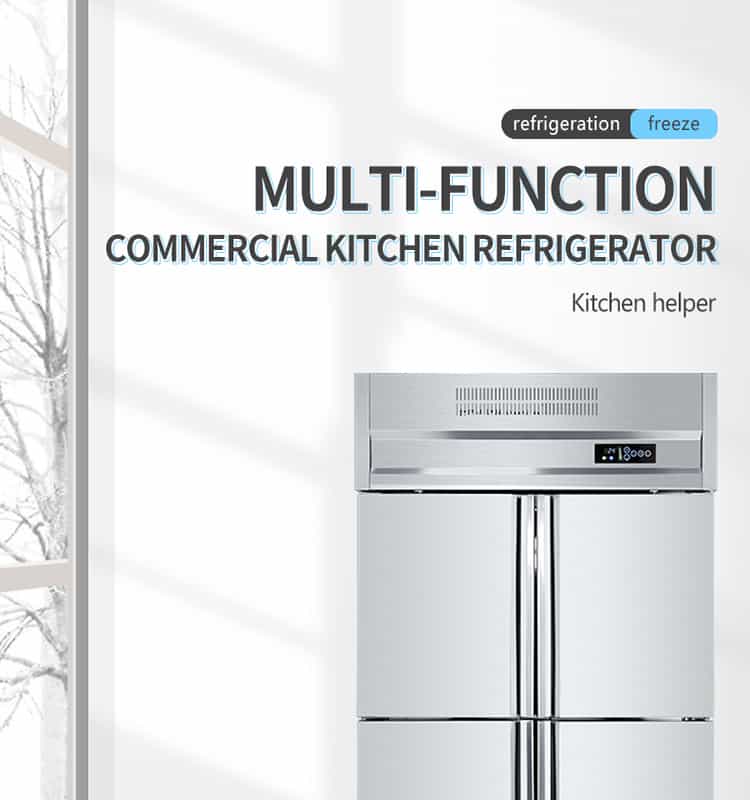
Sound deadening mats can also help reduce the frequency of low-frequency floor vibrations. The low-frequency vibrations can be caused by subway trains, heavy traffic, HVAC systems in buildings, and even the washer in the next room. A good sound deadening mat will have a layer of one-inch thick porous rubber material that cancels the low-frequency vibrations. The thicker the mat, the better.
Jute composites
Jute fibers were treated with alkali and then soaked in 5% NaOH at 30degC for four hours. After this, the jute fibers were washed and neutralized with a dilute acetic acid solution. They were then left to dry at room temperature for 48 hours or for six hours in an oven.
Natural fiber-based composites have several benefits over synthetic fibers. They are lighter, have better thermal insulation, and have better acoustic properties than synthetic fibers. They are also electrically insulating. Unfortunately, natural jute fiber-based composites are not as strong as synthetic fibers and are not as conductive.
In addition to improving insulating properties, jute fibers are a viable substitute for expensive glass fibers in many low-load bearing applications. This means that commercial exploitation of jute composites for non-structural applications promises great potential. For example, three redesigned air-movers were made with jute-based composites using a hand-lay-up technique.
The researchers also conducted a single fiber test to measure the tensile and interfacial properties of individual fibers. These tests were more challenging because the fibers have very small diameters, which pose clamping issues. The average results for 50 fibers are presented in Figure 2b-d and Table S3, Supporting Information.
Jute fiber-based composites have the potential to be an effective sound insulator. One study found that a jute-based composite with a thickness of 1.8 cm had the greatest sound-absorbing capacity. A second study reported that a jute-fiber-based composite with a thickness of 2.0 cm could achieve similar results.
Although jute fibers are not as efficient as glass or carbon fiber, they are an eco-friendly alternative. While carbon and glass fibers are not biodegradable, they have a lower carbon footprint than jute. Furthermore, a jute fiber production process requires significantly less water and energy than the production of carbon or glass fiber.
The researchers further studied the acoustic properties of banana-fiber composites using alkali to reduce sound reflection. They found that the sound-absorbing ability of the composite increased with increasing fiber content. They also found that alkali-treated fiber composites were more effective at reducing sound reflection because their molecular weight was reduced.

Acoustic foam tiles
Acoustic foam tiles are a great option for reducing refrigerator noise. They are also an excellent way to reduce airborne noise. One disadvantage of these tiles is that they tend to become dusty over time. Another is that they tend to absorb water. Fortunately, there are better options available. You can also use acoustic insulation to surround your refrigerator.
Sound deadening mats can also reduce noise. Many car owners have them installed under their vehicles to block out engine noise. Another effective solution is to install a rubber mat underneath your fridge. By doing this, you can reduce airborne noise even further. And don’t forget to purchase anti-vibration pads to place underneath the fridge’s feet, too.
Another option is to install acoustic foam panels behind or underneath your fridge. While these panels can block sound, some will still be able to escape from behind your fridge. You may also want to build a wooden case for your fridge to reduce the noise. And don’t forget to consider soundproof partitions and curtains if you’re trying to make your kitchen look modern.
If none of these methods are effective, you can try relocating your fridge. This can greatly reduce the noise coming from the compressor. You can also use an acoustic foam panel on the walls to reduce compressor noise. This solution will reduce noise by 50 to 90%. There are also some DIY projects you can do if you’re handy.
If you’re looking for a more permanent solution, you can replace your fridge. Putting soundproof materials under it can help as well, as long as it is level, and at least three quarters full. But these solutions can be expensive and aren’t permanent. Therefore, you’ll need to choose a solution that suits your budget and your noise tolerance.
Shelving structure
One of the most effective ways to reduce noise coming from a refrigerator is to build a shelving structure around it. While this requires a bit of DIY knowledge, it can prove to be an effective solution. The goal of this structure is to add mass to the area, which will absorb and block noise. If done correctly, it can also improve thermal insulation.
The first step in reducing noise coming from your refrigerator is to determine the source of the noise. If you can’t pinpoint the exact cause, you can contact a professional and get the problem diagnosed. The noise may be coming from the bottom, the shelves, or the moving parts inside the refrigerator.
Another effective way to reduce noise is to place sound deadening mats inside the fridge. This is made of dense material that can help to reduce engine noise. It can be attached to the walls with glue. However, you need to leave space for the drip tray and the shelves. Besides, this solution may affect the fridge’s temperature, so you have to monitor it carefully. This technique is best used in conjunction with other noise-reducing techniques.

Changing the density of your floor may also help to reduce noise coming from the refrigerator. Uneven floors will result in vibrations that are channeled into the refrigerator. Even if you don’t have an uneven floor, you can try adjusting the legs of your refrigerator.
Moving your fridge into an alcove will also help to reduce noise from the back. The alcove will trap sound waves in a smaller space, making soundproofing around the sides much easier. As an added bonus, moving your fridge into an alcove makes it easier to get to it if anything goes wrong.

